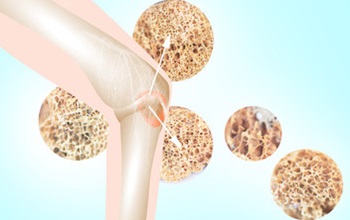
Understanding Nerve Damage: A Complication of Peripheral IV Therapy
Peripheral IV therapy is a common and essential procedure in nursing practice, but like any clinical intervention, it comes with potential risks. One such serious and often under-discussed complication is nerve damage. For nurses who regularly perform IV insertions, understanding how to identify, treat, and prevent nerve injuries is critical to ensuring patient safety and preserving trust in clinical care.
What Is Nerve Damage in IV Therapy?
Nerve damage, or peripheral nerve injury, occurs when a nerve is inadvertently punctured, compressed, or irritated during or following IV catheter insertion. Although rare, this complication can have lasting effects on patient comfort and function, ranging from transient tingling to permanent sensory or motor impairment.
Signs and Symptoms of Nerve Damage
Patients experiencing nerve damage may report or exhibit:
- Sharp, shooting pain during insertion
- Burning or electric shock-like sensations
- Numbness, tingling, or “pins and needles”
- Loss of sensation or motor function in the affected limb
- Weakness or inability to move fingers or wrist
- Persistent hypersensitivity in the area of the IV site
Prompt recognition of these signs is crucial, as early intervention can reduce the risk of permanent damage.
Contributing Factors
Several conditions can increase the likelihood of nerve injury during IV therapy:
- Poor site selection near areas with dense nerve pathways (e.g., wrist, antecubital fossa)
- Multiple or forceful insertion attempts
- Inadequate vein visualization techniques
- Failure to respond to patient-reported pain or discomfort
- Use of large-gauge catheters in small or fragile veins
- Improper technique or lack of experience by the inserter
Treatment and Interventions
If nerve damage is suspected, nurses should take the following steps:
- Immediately stop the infusion and remove the catheter.
- Document the event thoroughly, including patient-reported symptoms and your observations.
- Notify the provider for further evaluation and potential referral to neurology or pain management.
- Apply cold or warm compresses, as directed, for symptom relief (based on provider recommendations).
- Monitor and reassess the patient for changes in sensation or function.
- Educate the patient about symptoms to watch for and the importance of follow-up care.
Prompt intervention can sometimes reverse or reduce the severity of nerve damage, making early detection a critical responsibility for the clinical team.
Preventative Measures
The best approach to managing nerve damage is prevention. Nurses can minimize risk by:
- Using appropriate vascular visualization tools (e.g., ultrasound, near-infrared)
- Choosing insertion sites carefully, avoiding areas with superficial nerves
- Using the smallest gauge catheter suitable for the therapy
- Performing site assessments before and during insertion
- Stopping the procedure if the patient reports pain that is sharp, burning, or radiating
- Limiting insertion attempts and escalating care when needed
- Staying current with evidence-based insertion techniques and standards
Enhance Your Skills with Online IV Therapy Education
Nurses must remain proficient and up to date with IV insertion standards to reduce complications like nerve damage. Continuing education plays a vital role in improving patient outcomes and professional competence.
Pedagogy Continuing Nurse Education offers a comprehensive course, Basics of Peripheral IV Therapy: Current Standards of Practice, designed to strengthen your knowledge and skills in IV therapy. This online course covers essential topics, including complication prevention, site selection, insertion techniques, and much more — all aligned with the latest infusion therapy standards.
Empower your practice, protect your patients, and stay confident in your IV therapy skills with accessible, high-quality online education from Pedagogy.

